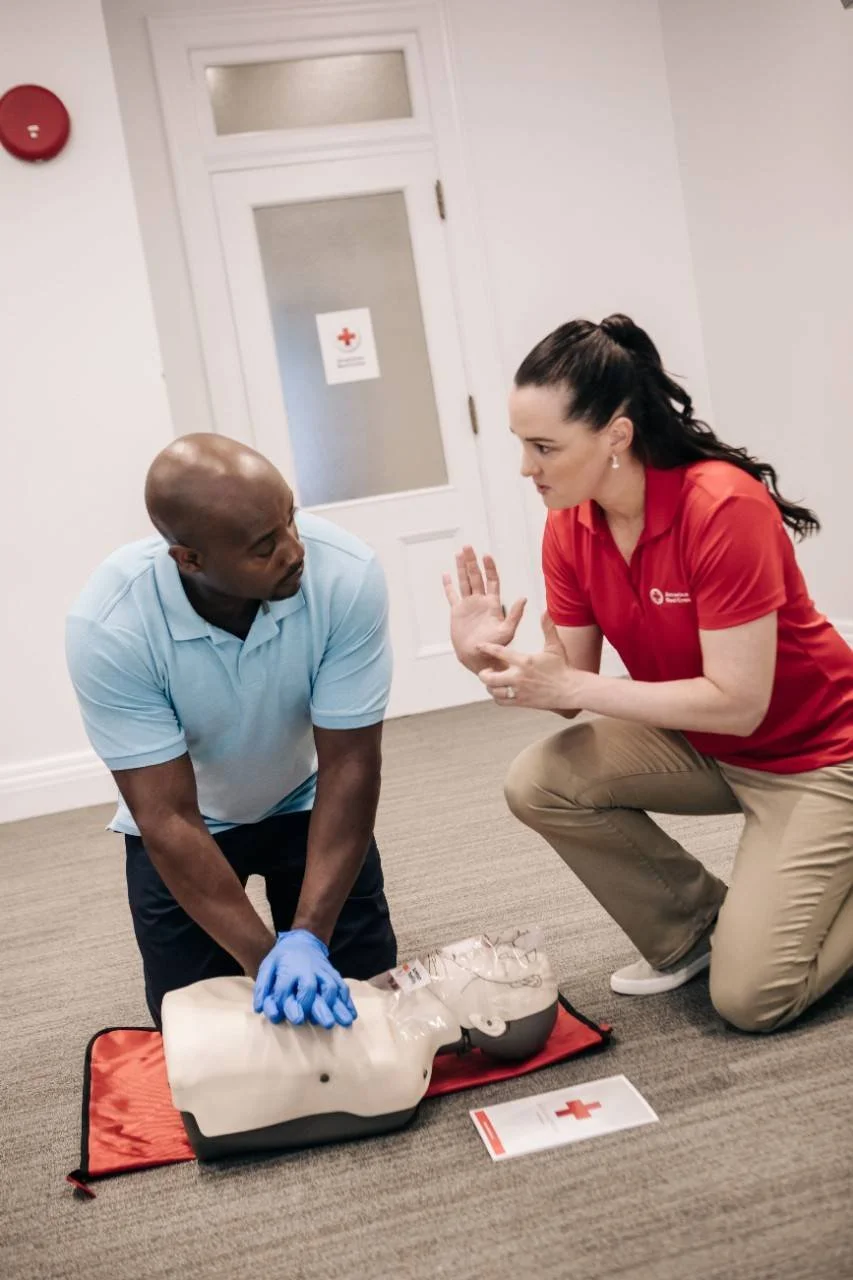CPR for the Professional Rescuer
CPR for the Professional Rescuer (CPRO)
The CPRO course provides in-depth training on recognizing and responding to breathing and cardiac emergencies in adults, children, and infants. Students will learn to work effectively as part of a team during emergencies and gain experience with equipment commonly used by professional rescuers.
Skills covered include:
Adult, child, and infant CPR with two-rescuer techniques
Use of bag-valve-mask (BVM) resuscitators
AED operation and maintenance
Rescue breathing and airway management
Responding to choking and sudden cardiac arrest
Integration of first aid and emergency care protocols
This course is Instructor-Led or Blended. You may need to complete online modules before attending the in-person skills session.
Who This Course Is For
This course is ideal for:
Lifeguards, EMTs, and law enforcement officers
Firefighters and public safety personnel
Healthcare and medical professionals
Athletic trainers, coaches, and facility staff
Anyone whose employment requires a professional-level CPR certification
What To Expect
During the in-person session, you’ll engage in realistic, hands-on practice and interactive learning designed to build confidence and readiness. Expect a supportive environment where questions are encouraged, and everyone learns at their own pace.
By the end of the course, you’ll be able to:
Recognize emergencies quickly and respond appropriately
Perform CPR and use an AED for adults, children, and infants
Provide first aid care for common injuries and illnesses
Feel empowered to take action when it matters most
Whether you’re training for your job, volunteering, or personal preparedness, American Red Cross courses help you make a difference when lives are on the line.
What Is Blended Learning?
Blended learning is a flexible training format that combines online coursework with in-person instruction. The online portion allows students to complete lessons, videos, and interactive activities at their own pace—covering essential knowledge before class. Then, during the in-person skills session, students practice hands-on techniques like CPR, AED use, and first aid under the guidance of a certified instructor.
This approach ensures students arrive at class already familiar with the material, allowing more time for personalized instruction and real-world practice. The result is a convenient, engaging, and effective way to learn life-saving skills.




